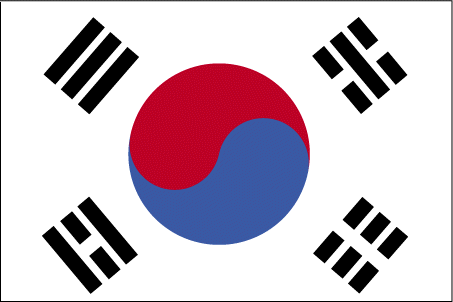 South Korea
South Korea Indonesia
Indonesia United States
United States Philippines
Philippines Singapore
Singapore India
India Malaysia
Malaysia United Kingdom
United Kingdom Vietnam
Vietnam China
China Canada
Canada Peru
Peru Pakistan
Pakistan Russia
Russia Australia
Australia Japan
Japan Turkey
Turkey Germany
Germany France
France Netherlands
Netherlands Thailand
Thailand Italy
Italy Sri Lanka
Sri Lanka Kenya
Kenya Iran
Iran Egypt
Egypt South Africa
South Africa Taiwan
Taiwan Nigeria
Nigeria Hong Kong
Hong Kong Timor-Leste
Timor-Leste Bangladesh
Bangladesh Poland
Poland Finland
Finland Sweden
Sweden Hungary
Hungary Nepal
Nepal Brazil
Brazil Ireland
Ireland Romania
Romania Oman
Oman Spain
Spain Ghana
Ghana Cambodia
Cambodia Portugal
Portugal Jordan
Jordan Colombia
Colombia Switzerland
Switzerland Lithuania
Lithuania Ethiopia
Ethiopia Austria
Austria New Zealand
New Zealand Saudi Arabia
Saudi Arabia Mexico
Mexico South Korea
South Korea Morocco
Morocco Tunisia
Tunisia Brunei Darussalam
Brunei Darussalam Kazakhstan
Kazakhstan Greece
Greece Mauritius
Mauritius United Arab Emirates
United Arab Emirates Slovakia
Slovakia Ukraine
Ukraine Libya
Libya Algeria
Algeria Estonia
Estonia Zimbabwe
Zimbabwe Iraq
Iraq Czech Republic
Czech Republic Israel
Israel Syria
Syria Croatia
Croatia Cameroon
Cameroon Uganda
Uganda Slovenia
Slovenia Mongolia
Mongolia Trinidad and Tobago
Trinidad and Tobago Somalia
Somalia Kosovo
Kosovo Malawi
Malawi Albania
Albania Armenia
Armenia Belgium
Belgium Montserrat
Montserrat Zambia
Zambia Tanzania
Tanzania Botswana
Botswana Belize
Belize Curacao
Curacao Afghanistan
Afghanistan Yemen
Yemen Georgia
Georgia Jamaica
Jamaica Myanmar
Myanmar Chile
Chile Namibia
Namibia Palestinian Territory
Palestinian Territory Bahrain
Bahrain Ecuador
Ecuador Bulgaria
Bulgaria Azerbaijan
Azerbaijan Norway
Norway Aruba
Aruba Uzbekistan
Uzbekistan Maldives
Maldives Papua New Guinea
Papua New Guinea Rwanda
Rwanda Eswatini
Eswatini Lebanon
Lebanon Qatar
Qatar British Virgin Islands
British Virgin Islands Serbia
Serbia Kuwait
Kuwait Denmark
Denmark Suriname
Suriname Puerto Rico
Puerto Rico El Salvador
El Salvador Cuba
Cuba Fiji
Fiji Venezuela
Venezuela Cote D'Ivoire
Cote D'Ivoire Guam
Guam Malta
Malta Sudan
Sudan Argentina
Argentina Latvia
Latvia
South Korea Flag Meaning & Details
9 VISITORS FROM HERE!| South Korea Flag |
 |
| Flag Information |
- white with a red (top) and blue yin-yang symbol in the center
- there is a different black trigram from the ancient I Ching (Book of Changes) in each corner of the white field
- the South Korean national flag is called Taegukki
- white is a traditional Korean color and represents peace and purity
- the blue section represents the negative cosmic forces of the yin, while the red symbolizes the opposite positive forces of the yang
- each trigram (kwae) denotes one of the four universal elements, which together express the principle of movement and harmony
|
Learn more about South Korea »
Source: CIA - The World Factbook
 South Korea
South Korea Previous Country | Next Country
Previous Country | Next Country  » Back to Flag Counter Overview
» Back to Flag Counter Overview
 South Korea
South Korea Previous Country | Next Country
Previous Country | Next Country  » Back to Flag Counter Overview
» Back to Flag Counter Overview